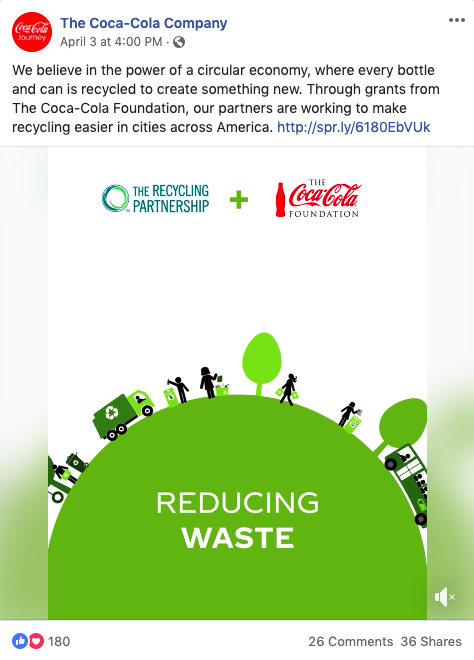A clearly defined brand voice gives your organization a specific personality and helps to reinforce the organization’s overall mission. Regardless of the type of brand voice your team decides on, it should always be apparent in each piece of content your organization publishes to ensure that it remains consistent.
A consistent brand voice establishes brand credibility and distinguishes your organization from the competition. Consistent and cohesive branding is especially important in building customer loyalty, and when done correctly, customers should be able to associate your brand voice with the core values of your organization.
While brand voice should always remain consistent, your brand’s tone can vary based on a number of factors. Tone, is a subset of your brand’s voice, and it should change depending on who your organization is speaking to, the situation, and the medium.
To better understand the difference between voice and tone, social media management software company, Buffer, suggests, “Voice is a mission statement. Tone is the application of that mission.”
Here’s how to adapt your brand’s tone based on a variety of factors.
Audience
The first thing to consider when adapting your brand’s tone for a specific medium is to determine the type of audience that uses said medium.
You’ll want to look at a variety of demographics such as age, geographic location, education, and even average income to get a better understanding of each specific audience.
Once you determine which audience you are speaking to, you can tailor your messaging accordingly.
Circumstances
The next thing you’ll want to consider when adapting your brand’s tone is the context of current circumstances surrounding a specific interaction.
Your brand’s tone should change based on whether or not you are fielding a positive or negative interaction with a customer. You should also be aware of larger, external factors affecting your target audience, including geographic specific occurrences like natural disasters, the current political climate, cultural differences, and economic factors.
Channel
Lastly, consider how your tone should change based on the channel you’re speaking to your target audience through. Customer service emails, blog posts, white papers, and social media posts should all read differently from one another.
Each channel presents a different set of parameters that you should be aware of. For example, Twitter limits you to 280 characters, while Facebook and LinkedIn allow for longer posts. Social media platforms also target a wider audience, whereas emails and blogs speak to a more specific audience.
Your organization’s content and the tone of said content should be adapted to best resonate with the audience on each channel.
Case Study: The Coca-Cola Company
The Coca-Cola Company is a well-known brand that manufactures a wide variety of non-alcoholic drinks and drink mixes. Over the years, The Coca-Cola company has established itself as being a thought leader and innovator in the soft drink industry.
In fact, one of the company’s core values is leadership, or “the courage to shape a better future.” The Coca-Cola Company exemplifies this part of its brand by participating in and spearheading a number of environmental and sustainability initiatives.
Recently, The Coca-Cola Foundation began promoting its efforts to fund recycling programs in various cities across the United States. In the examples below, you can see how the company adapted its content regarding the recycling program to resonate with the proper audience on the selected distribution channel.





The Coca-Cola Company prides itself in its long-term sustainability goals, and these goals are reflected in each of the above posts. However, each of the posts varies in tone. For example, the LinkedIn post focuses on corporate leadership, while the Instagram post focuses on company and community transparency.
The adaptations of each post make sense because the audience, circumstances, and platforms differ greatly from one another. The corporate focused post makes the most sense for Linkedin because the platform is widely used by professionals and executives, whereas Instagram is a community of individuals who can find photos via specific hashtags like the one proposed by Coca-Cola in the post.
Regardless of the adaptations across channels, The Coca-Cola Company’s brand voice is apparent in each post.
What are the brand voices of your favorite organizations? Are they successful at adapting their brand’s tone? Let us know in the comments below!
